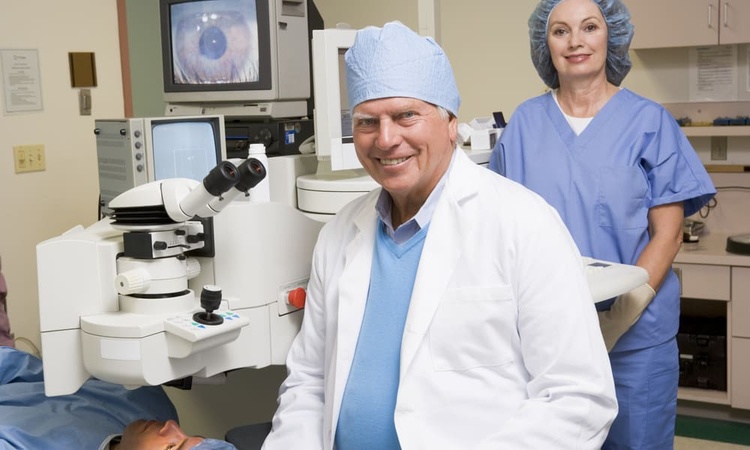Liposuction Explained: Procedure, Risks & Costs
Liposuction is a widely used body-contouring surgery that targets localized fat deposits resistant to diet and exercise. Learn how the procedure works, who makes a good candidate, common techniques, recovery expectations, potential complications, and typical costs to help you decide if liposuction fits your goals.

Liposuction is a surgical method used to remove localized fat pockets and reshape specific areas of the body. It’s designed to refine contours rather than serve as a primary weight-loss treatment. Best results are usually seen in people who are close to their ideal weight and have reasonably elastic skin. Common treatment areas include the abdomen, thighs, hips, buttocks, arms, and neck.
Who is a good candidate?
Liposuction is most effective for individuals with stable weight who have persistent fat deposits that don’t respond to diet and exercise. Ideal candidates should be in good overall health, non-smokers or willing to stop smoking for the perioperative period, and have realistic expectations about what the surgery can achieve. Because skin retraction varies from person to person, those with good skin elasticity tend to see better contouring outcomes. Surgeons typically evaluate medical history, current medications, and skin quality during consultation to determine suitability.
Common liposuction techniques
Several approaches have been developed to improve precision, reduce trauma, and sometimes tighten skin. Major techniques include:
-
Tumescent liposuction: The most frequently used technique. A solution of saline, local anesthetic, and epinephrine is injected into the treatment area to numb tissues, minimize bleeding, and help separate fat for easier removal.
-
Ultrasound-assisted liposuction (UAL): Ultrasonic energy is applied to liquefy fat cells before suctioning. This can facilitate fat removal in denser areas and may be useful in revision cases.
-
Laser-assisted liposuction (LAL): Laser energy is used to disrupt fat cells and can provide some skin-tightening effect. It’s often marketed for its ability to achieve more precise contouring.
-
Power-assisted liposuction (PAL): A mechanized, vibrating cannula helps break up fat, making the procedure more efficient and potentially less physically demanding for the surgeon during larger-volume treatments.
Each method has benefits and limitations. Your surgeon will recommend an approach based on the treatment area, amount of fat to remove, skin quality, and personal goals.
What to expect during the procedure
Liposuction is commonly performed on an outpatient basis with either local anesthesia (sometimes combined with oral sedation) or general anesthesia, depending on the extent of treatment and patient preference. Typical operative time ranges from about one to three hours but can vary with the number of areas treated.
During surgery, the provider makes small incisions through which a thin tube (cannula) is inserted to loosen and suction out fat. After the surgeon sculpts the target areas to achieve the desired contour, incisions are closed with sutures or left to heal depending on their size. Dressings and compression garments are applied to support tissues and reduce swelling.
Recovery and aftercare
Expect swelling, bruising, and some discomfort in the days and weeks following surgery. Pain is usually manageable with prescribed or over-the-counter medication. Compression garments are often recommended for several weeks to control swelling and help the skin adapt to new contours. Most patients can return to desk work within a week or two, but vigorous exercise and heavy lifting should be avoided for around four weeks or until your surgeon clears you. Final results become more apparent as swelling subsides over several months.
Risks and potential complications
As with any surgery, liposuction carries risks. Common and temporary side effects include bruising, swelling, and numbness. Other possible complications include:
- Infection
- Irregular contours, asymmetry, or visible surface irregularities
- Seroma (fluid collection)
- Changes in skin sensation
- Adverse reaction to anesthesia
- In rare instances, serious problems such as blood clots or excessive fluid loss
Careful patient selection, an experienced board-certified plastic surgeon, and adherence to pre- and post-operative instructions help reduce these risks.
Cost and factors that influence price
Liposuction costs vary widely based on the number and size of areas treated, the chosen technique, the surgeon’s experience, facility fees, and geographic location. Many surgeons quote per-area or total-procedure pricing, and costs can range from a few thousand to over ten thousand dollars for more extensive treatments.
| Treatment Area | Average Cost Range |
|---|---|
| Abdomen | $3,000 - $7,500 |
| Thighs | $2,500 - $6,000 |
| Arms | $2,000 - $5,500 |
| Chin/Neck | $2,000 - $4,500 |
| Back | $2,500 - $6,500 |
Prices, rates, or cost estimates mentioned in this article are based on the latest available information but may change over time. Independent research is advised before making financial decisions.
Liposuction is generally considered an elective cosmetic procedure and is not covered by most health insurance plans. Many practices offer financing plans or third-party medical loans to help spread the cost.
Making a decision
Liposuction can produce meaningful improvements in body shape when performed for the right reasons by a qualified surgeon. It is not a substitute for a healthy lifestyle, and maintaining results typically requires diet and regular exercise. A thorough consultation with a board-certified plastic surgeon will help you understand which technique is best for your anatomy, realistic outcome expectations, recovery timeline, and detailed cost estimates.
This article is for informational purposes only and should not be considered medical advice. Please consult a qualified healthcare professional for personalized guidance and treatment.






